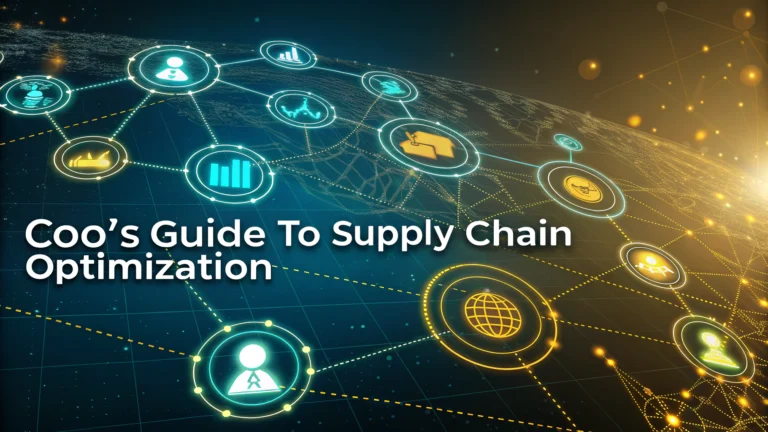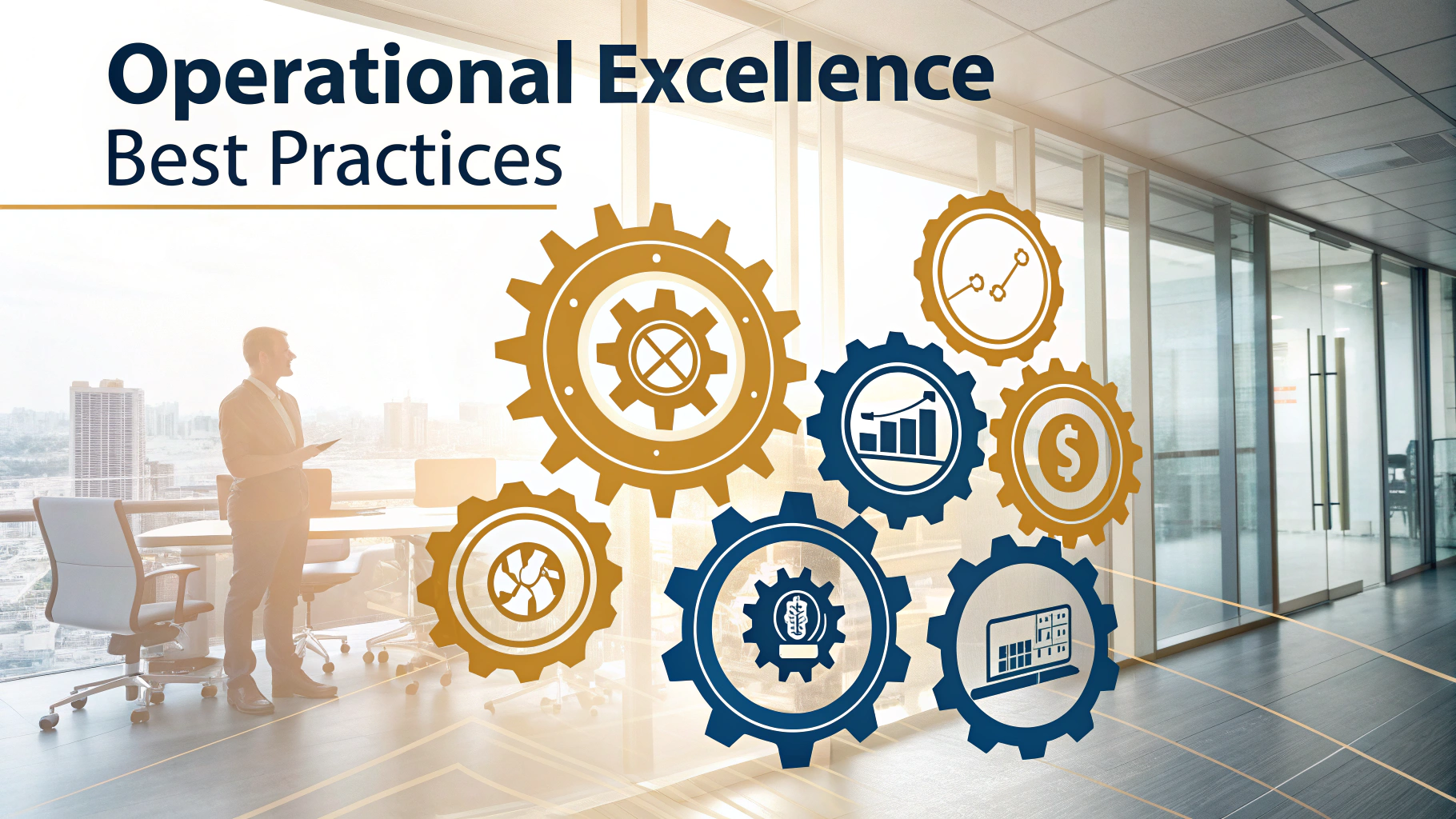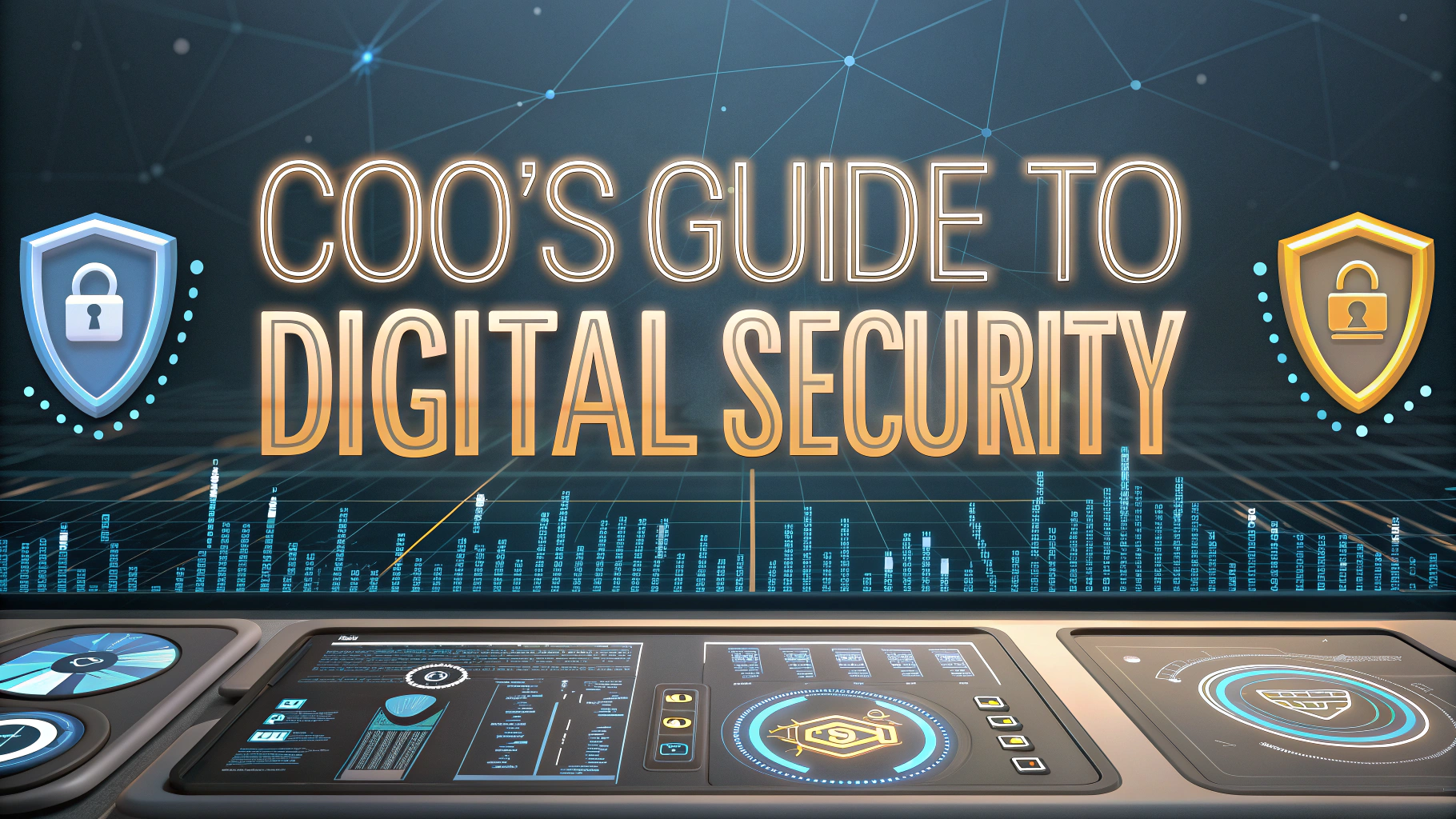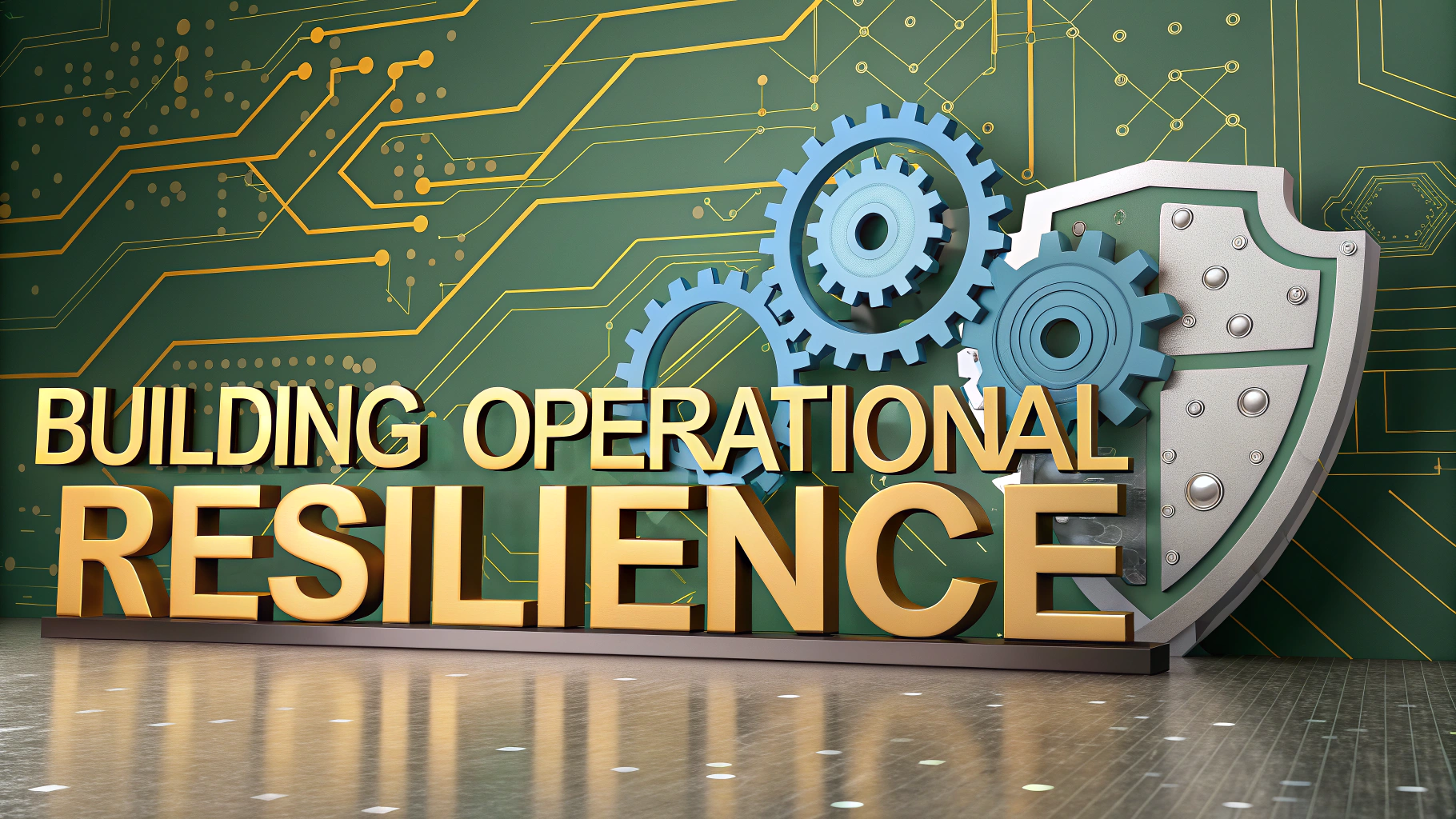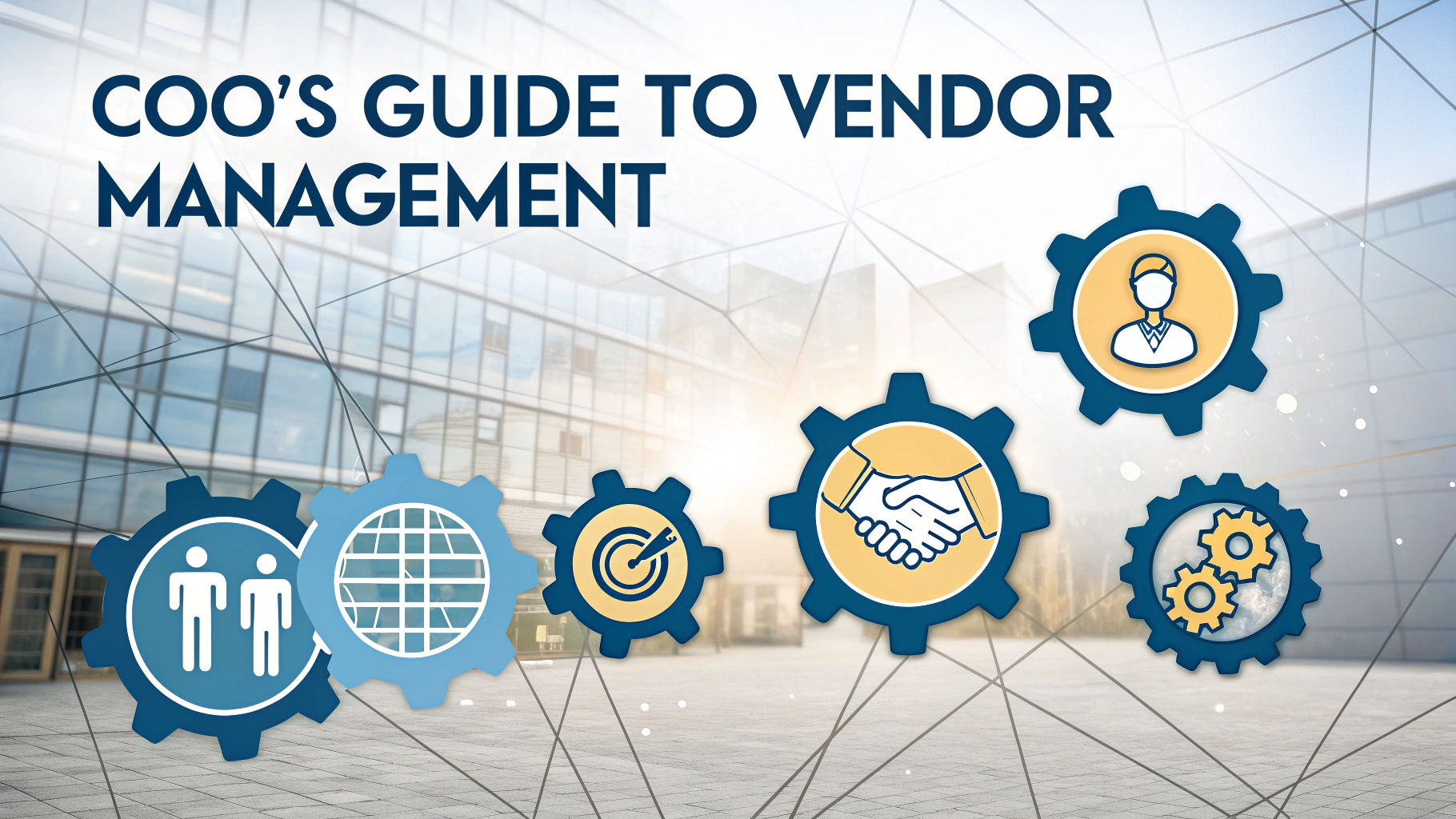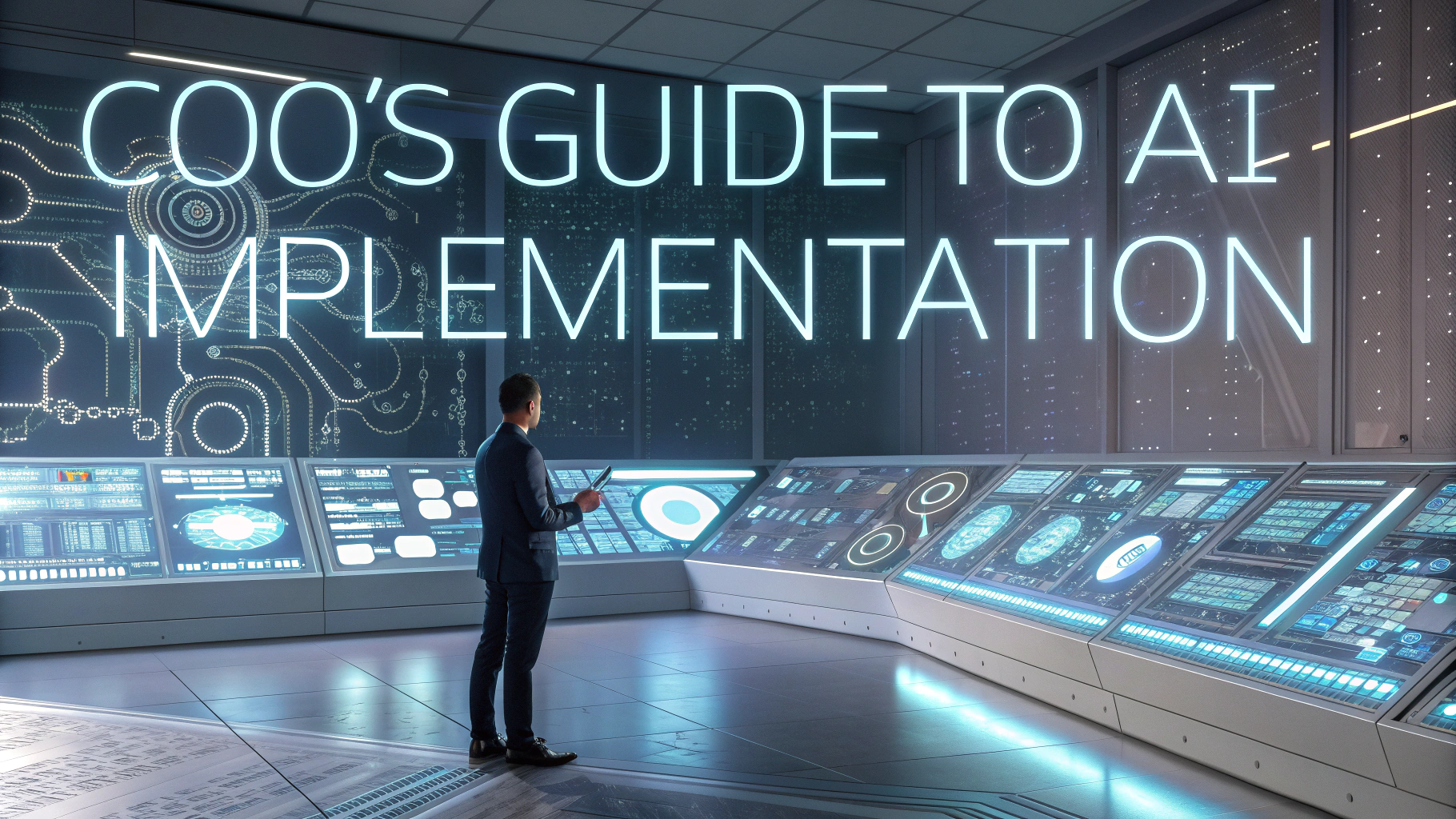Supply chain optimization directly impacts business success through improved efficiency, reduced costs, and enhanced customer satisfaction.
As Chief Operating Officer, your role in streamlining supply chain operations requires balancing multiple factors including inventory management, logistics, supplier relationships, and technology integration.
This guide outlines practical strategies and solutions for COOs to optimize their supply chain operations while maintaining quality and meeting business objectives.
Key Areas for Supply Chain Optimization
- Inventory Management and Control
- Supplier Relationship Management
- Distribution Network Design
- Technology Integration
- Risk Management
- Cost Optimization
Inventory Management Strategies
Implement Just-in-Time (JIT) inventory systems to reduce holding costs while maintaining optimal stock levels.
Use ABC analysis to categorize inventory based on value and importance: A items (high value), B items (medium value), and C items (low value).
Deploy automated inventory tracking systems like Manhattan Associates or Blue Yonder for real-time visibility.
Supplier Relationship Management
- Develop performance metrics for supplier evaluation
- Create collaborative forecasting programs
- Establish clear communication channels
- implement regular supplier audits
Technology Solutions
| Technology | Application | Benefits |
|---|---|---|
| AI/ML | Demand Forecasting | Improved accuracy, reduced stockouts |
| IoT Sensors | Real-time Tracking | Enhanced visibility, reduced losses |
| Blockchain | Supply Chain Transparency | Better traceability, reduced fraud |
Risk Management Framework
Develop contingency plans for supply chain disruptions through regular risk assessments and scenario planning.
Diversify supplier base across different geographical regions to minimize single-point failures.
Maintain buffer inventory for critical components based on risk analysis.
Cost Optimization Techniques
- Negotiate volume-based pricing with suppliers
- Optimize transportation routes and modes
- Reduce warehouse operating costs through automation
- Implement energy-efficient practices
Performance Metrics to Track
- Order Fulfillment Rate
- Inventory Turnover Ratio
- Supply Chain Cycle Time
- Perfect Order Rate
- Cash-to-Cash Cycle Time
Supply Chain Analytics Tools
Consider implementing these leading supply chain analytics platforms:
Building a Future-Ready Supply Chain
Focus on developing sustainable practices that align with environmental regulations and consumer expectations.
Invest in employee training programs to ensure proper utilization of new technologies and processes.
Regularly review and update supply chain strategies to adapt to market changes and technological advancements.
Implementation Timeline
Establish a phased approach to supply chain optimization with clear milestones:
- Phase 1: Assessment and Planning (1-2 months)
- Phase 2: Technology Implementation (3-6 months)
- Phase 3: Process Integration (2-3 months)
- Phase 4: Training and Optimization (2-4 months)
Change Management Strategy
Develop a comprehensive change management plan to ensure smooth transition:
- Stakeholder communication planning
- Employee training programs
- Performance monitoring systems
- Feedback collection mechanisms
Compliance and Governance
Regulatory Requirements
- Industry-specific regulations
- Environmental compliance
- Trade regulations
- Data protection standards
Internal Controls
Implement robust internal controls for:
- Quality assurance
- Documentation management
- Audit trails
- Performance reporting
Driving Supply Chain Excellence
Transform your supply chain into a competitive advantage through continuous improvement and innovation. Focus on building resilient, sustainable, and technologically advanced operations that can adapt to future challenges.
Maintain regular reviews of performance metrics and adjust strategies based on data-driven insights. Foster a culture of innovation and continuous improvement across the entire supply chain network.
Remember that supply chain optimization is an ongoing journey rather than a destination. Success depends on commitment to excellence, adaptability to change, and strategic investment in people, processes, and technology.
FAQs
- What are the key components of supply chain optimization that a COO should focus on?
Supply chain optimization requires focus on inventory management, demand forecasting, logistics efficiency, supplier relationship management, warehouse optimization, transportation planning, and technology integration. - How can a COO measure supply chain performance effectively?
Key performance indicators include order fulfillment rate, inventory turnover, perfect order rate, cash-to-cash cycle time, supply chain costs as a percentage of revenue, and on-time delivery performance. - What role does technology play in modern supply chain optimization?
Technology enables real-time visibility, predictive analytics, automation through AI and machine learning, IoT integration for tracking, blockchain for transparency, and integrated ERP systems for seamless operations. - How can COOs mitigate supply chain risks effectively?
Risk mitigation involves diversifying supplier base, implementing dual-sourcing strategies, maintaining safety stock, developing contingency plans, regular risk assessments, and establishing robust supplier monitoring systems. - What strategies can COOs implement to reduce supply chain costs?
Cost reduction strategies include optimizing inventory levels, consolidating shipments, negotiating better supplier contracts, implementing lean practices, automating manual processes, and optimizing transportation routes. - How should COOs approach supplier relationship management?
Effective supplier management requires strategic partnership development, regular performance evaluation, clear communication channels, joint planning initiatives, risk-sharing agreements, and continuous improvement programs. - What are the best practices for inventory optimization?
Best practices include implementing ABC analysis, utilizing just-in-time principles, maintaining optimal safety stock levels, using demand forecasting tools, establishing reorder points, and regular inventory audits. - How can COOs ensure sustainable supply chain practices?
Sustainable practices include implementing green logistics, reducing carbon footprint, ethical sourcing, waste reduction programs, circular economy initiatives, and compliance with environmental regulations. - What are the critical factors in warehouse optimization?
Critical factors include layout design, storage systems selection, picking strategies, labor management, automation implementation, inventory tracking systems, and space utilization efficiency. - How can COOs improve supply chain visibility?
Improving visibility requires implementing track-and-trace systems, real-time monitoring solutions, integrated data platforms, supplier portals, advanced analytics, and end-to-end supply chain mapping.
